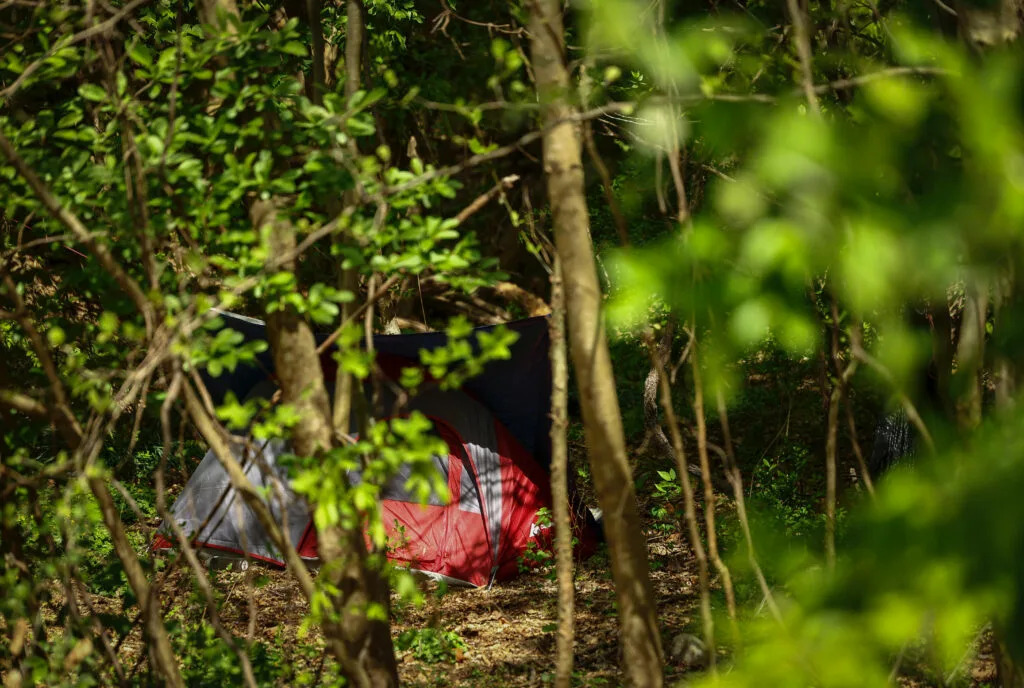
A homeless encampment sits in the woods off the canal path along the Delaware River. (Dana DiFilippo | New Jersey Monitor)
Homelessness in New Jersey surged 8% since last year, new figures show, a jump that comes as federal cuts threaten food and housing assistance and other Medicaid benefits for thousands of residents.
Affordable housing advocates identified 13,748 people who were living in shelters, hotels, or on the street Jan. 28 during the “Point in Time” count, an annual enumeration done every January of the state’s homeless population. That’s about 1,068 people more than advocates counted last year, and the highest number recorded since 2014, when the state’s homeless population stood at 13,900, according to Monarch Housing Associates, the nonprofit that coordinates the count.
Most — 11,753 people — were living in shelters, hotels or motels, transitional housing, or safe haven programs, Monarch reported. But advocates also counted almost 2,000 people living outside, in vacant or abandoned buildings, or in other locations not meant for human habitation, with such unsheltered homelessness more than doubling in New Jersey since 2022. Sixteen percent of those counted were considered chronically homeless.
Federal cuts to critical safety nets will only make things worse, with cuts implemented in a recently passed spending bill and proposed for the next federal budget threatening to “destroy the very infrastructure we rely on to support our most vulnerable neighbors,” said Taiisa Kelly, Monarch’s CEO.

“This is happening at a time when we are seeing increasing affordability issues, increases in unsheltered homelessness, and more communities criminalizing homelessness,” Kelly said.
She called on policymakers to invest in solutions proven to reduce homelessness, including housing assistance strategies known as rapid rehousing and housing first, which place people in permanent housing and typically come with support services like financial assistance and landlord mediation.
Homelessness has steadily risen in New Jersey since 2021, with an average increase of 14% annually, said Katelyn Ravensbergen, a senior associate at Monarch.
“While our systems are working to connect everyone they can with stable housing, the number of households entering homelessness is unfortunately increasing at a rate that outpaces the expansion of housing opportunities and other supports,” Ravensbergen said. “This issue will be further exacerbated if federal programs historically used to rapidly rehouse these families are reduced or eliminated as proposed.”
Under the federal budget bill President Donald Trump signed July 4, about 350,000 residents are expected to lose Medicaid coverage and 424,000 families likely will see some or all of their monthly Supplemental Nutritional Assistance Program benefits end, advocates said.
Congress members are now developing budgets for federal agencies for the coming fiscal year, which begins Oct. 1. Funding for housing and homeless service programs is expected to shrink, with some programs targeted for elimination altogether. That includes the Home Investment Partnerships Program, which funds the development of affordable housing. New Jersey and its counties and municipalities received $34.7 million in funding from that program last year, according to Monarch.
This year’s count also showed several demographic disparities persist:
Families with at least one child accounted for about a third of those experiencing homelessness.
Veterans continue to struggle with homelessness, with 543 veterans counted, representing a 4.8% increase since last year.
Black people continue to experience homelessness at disproportionately higher rates than people of other racial or ethnic identities, comprising 47.4% of the homeless population, even though just 12% of New Jersey residents are Black.
Essex County had the largest homeless population statewide.
Advocates chalked the increase in unsheltered homelessness up to the overburdened shelter system. In recent months, shelters have operated at more than 90% of their capacity every day, and they cannot accommodate rising homelessness, advocates say.
The latest count reveals the human toll of the worsening housing affordability crisis, said Michael Callahan, director of the state homelessness prevention office.
“The data confirms what our communities have long known: homelessness is being driven not just by poverty, but by deep structural inequities, including systemic racism and the dramatic shortage of affordable homes,” Callahan said. “It is a call to action for bolder, better-targeted investment in prevention, housing, and justice.”

SUBSCRIBE: GET THE MORNING HEADLINES DELIVERED TO YOUR INBOX


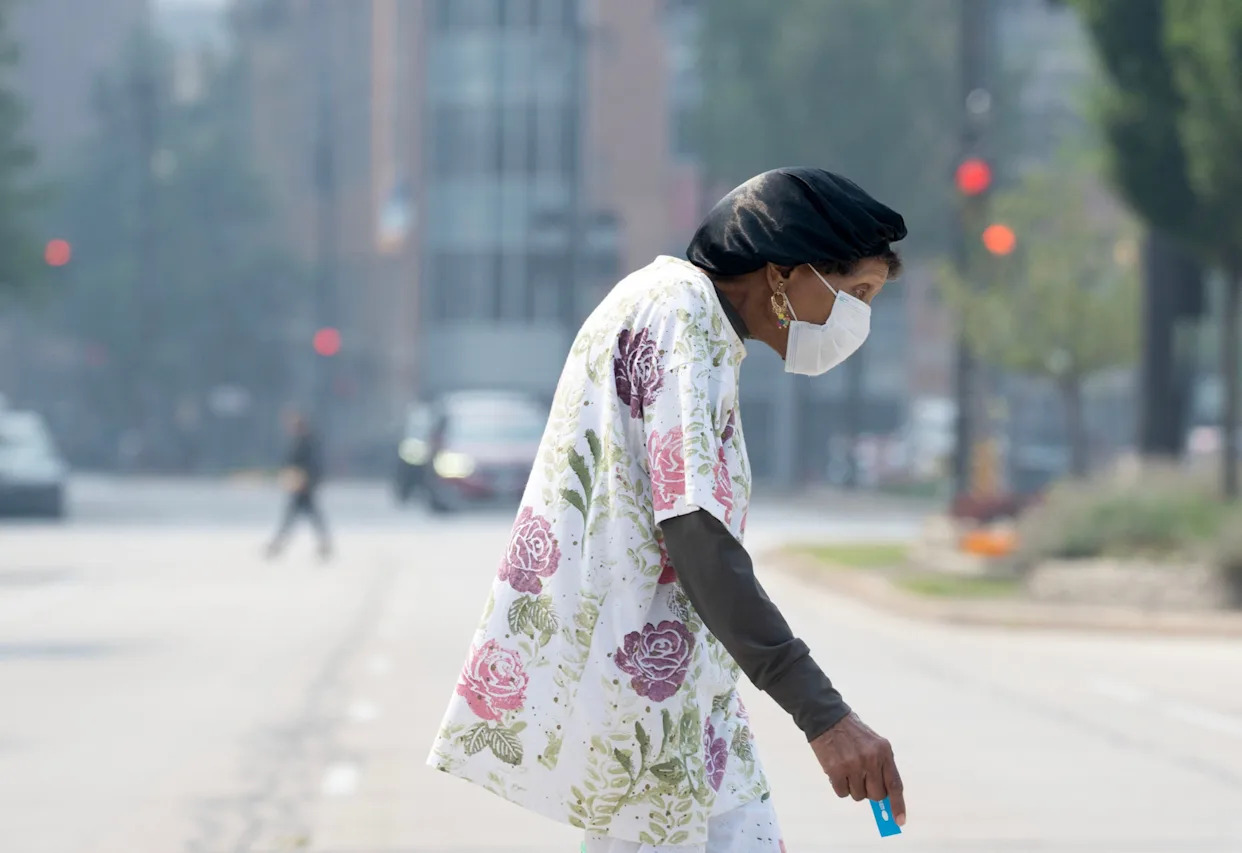

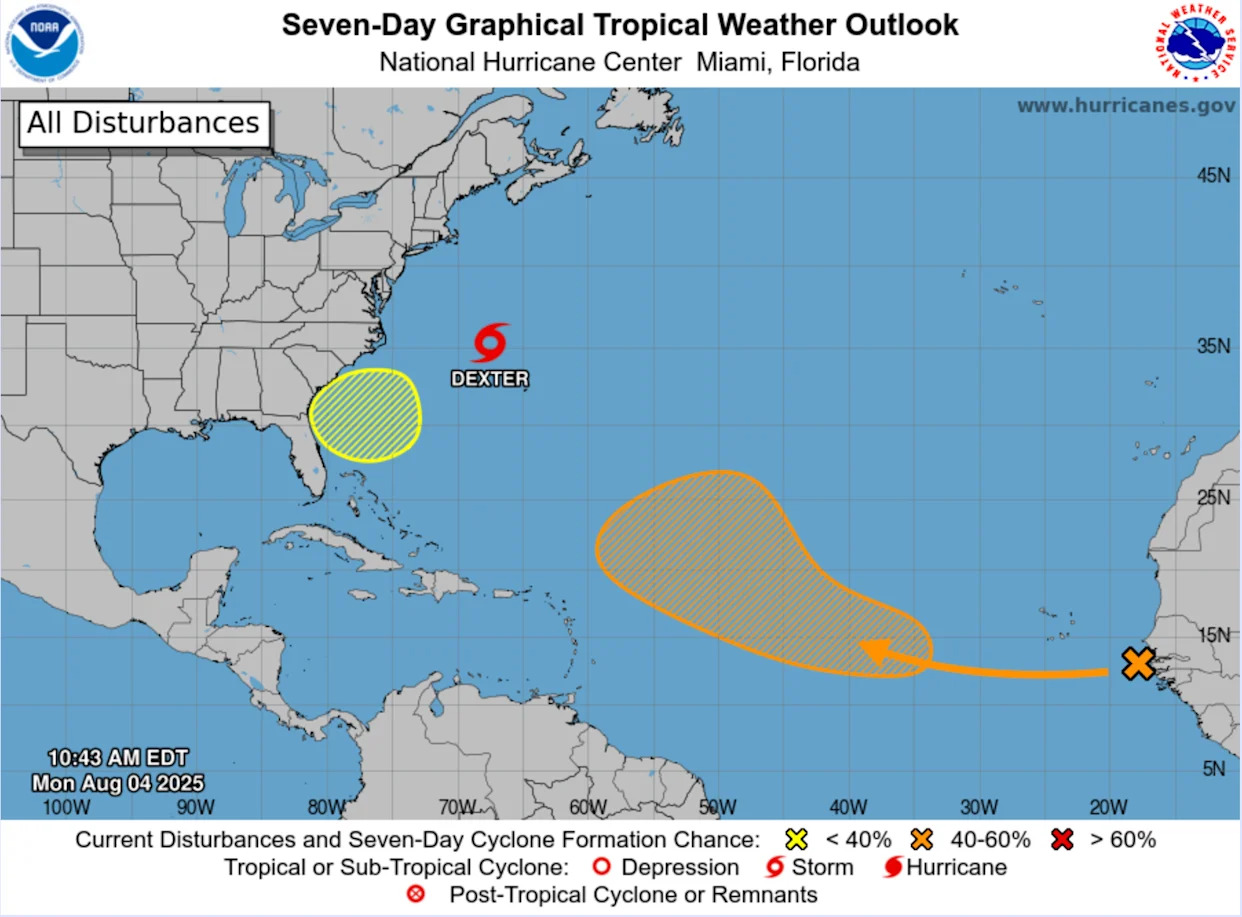

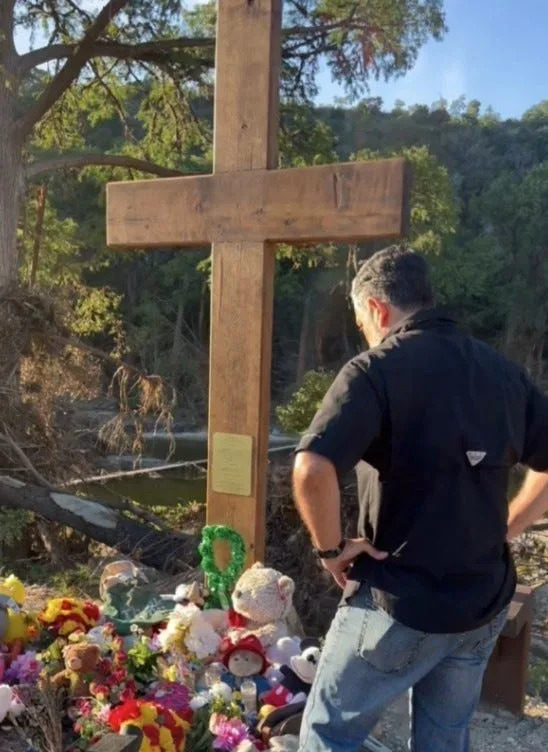
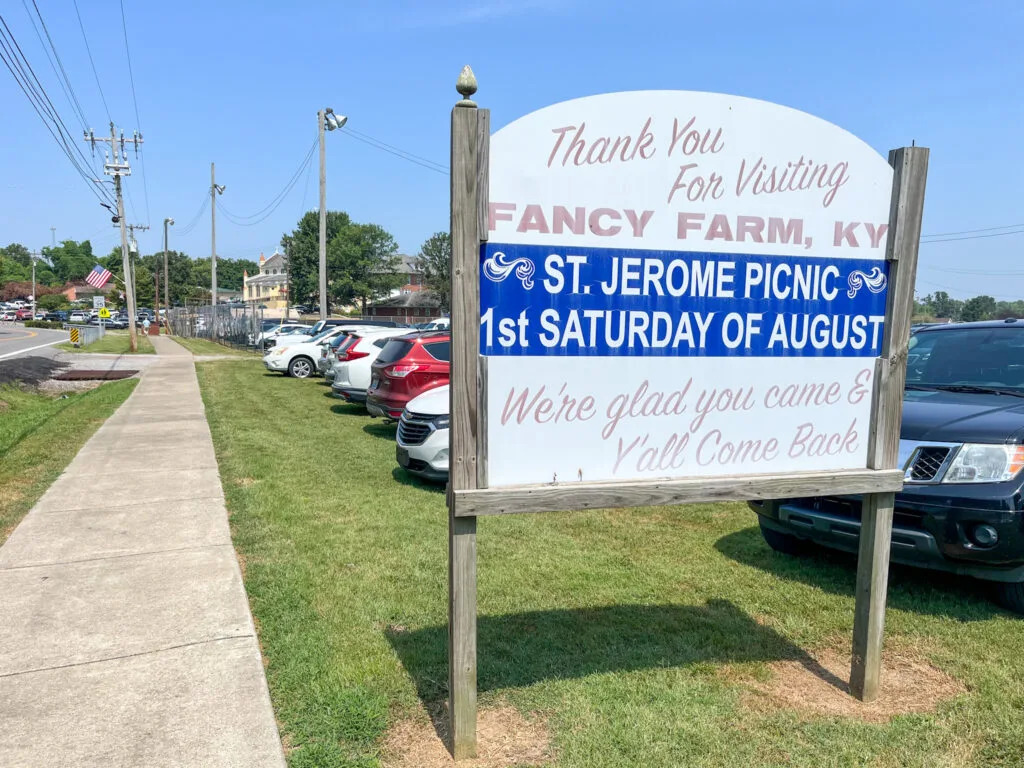
Comments